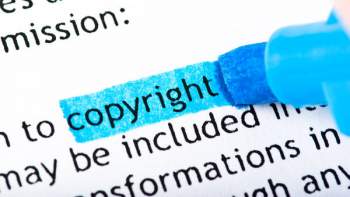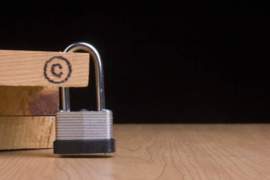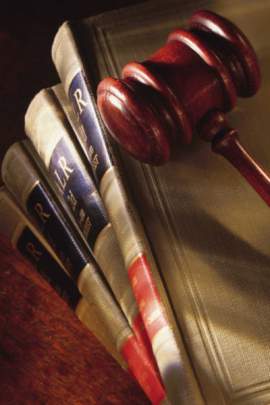
WIPO Copyright Treaty: Legal Implications

Popular In Copyright
Copyright Infringements Copyright Law What Is Copyright Legal Consequences Of Plagiarism Copyright Free Image Florida Prepaid Postsecondary Education Expense Board V College Savings Bank Famous Cases Of Copyright Law Copyright A Book Library Of Congress Copyright Copyright Laws For Motion Pictures Copyright Infringement Punishment Copyright Symbol
The 1996 World Intellectual Property Organization Copyright Treaty served as an early means for bringing the copyright issues associated with the rise in digitally driven information, programs and devices under the international framework of copyright laws.
Under the terms adopted by the WIPO Copyright Treaty, the rights of authors or copyright holders in relation to two forms of media, computer programs and computer-based databases, are protected. In order to be protected under copyright laws, both kinds of programs must be shown to manifest unique and original qualities as are traditionally demanded of literary works.
This judgment on copyright issues is particularly applicable toward the level of protection accorded to databases, which by virtue of being composed of preexisting information might not be considered under some means for recognizing unique literary creations.
For this reason, databases must be shown under WIPO copyright laws to demonstrate adequate levels of originality in the criteria by which their information is selected or in the format through which it is organized.
Under the WIPO Treaty, the copyright laws of various nations are held to certain obligations but are not subjected to the dominant control of a single body. Instead, nations which sign onto and proceed to ratify them are obligated to create adequate measures for preventing and responding to occurrences in which the copyright issues covered by the Treaty are raised.
The copyright issues that were felt to exist in relation to the protection of authors of digital programs or databases were dealt with by the WIPO Treaty by according three rights to such authors, which comprise of the sole right of control in how a work and reproductions of it are made publicly accessible, "right of rental" of an original work, and "right of communication" through such means as internet access.
People who infringe on any of these authors' rights without permission will be liable to prosecution through the copyright laws established under the WIPO imprimatur. Other legal copyright issues may be raised in reference to attempts to bypass the practical means often embedded in digital programs and devices.
WIPO copyright protection mandates that these measures of protection, referred to as "technological protection measures" (TPM), themselves receive protection under a country's copyright laws. Other protected areas under WIPO-enabled copyright laws are what are referred to as "rights management information" (RMI), which may not be changed, deleted, or distributed to new channels without permission.
Concerns over the copyright issues raised by cases in which the aforementioned TPMs must be tampered with in the course of using a program without the intention of abusing copyright laws have been raised. The extent to which the copyright issues associated with the "fair use" doctrine is considered and administered under WIPO copyright laws is limited, comprising of only special cases.
Some advocates on matters related to copyright issues have argued that such stipulations made in regard to the highly fluid and fast-moving world of computer development are unnecessarily restrictive of the free exchange of new techniques and information.
NEXT: 10 Copyright Laws You Have To Know





















